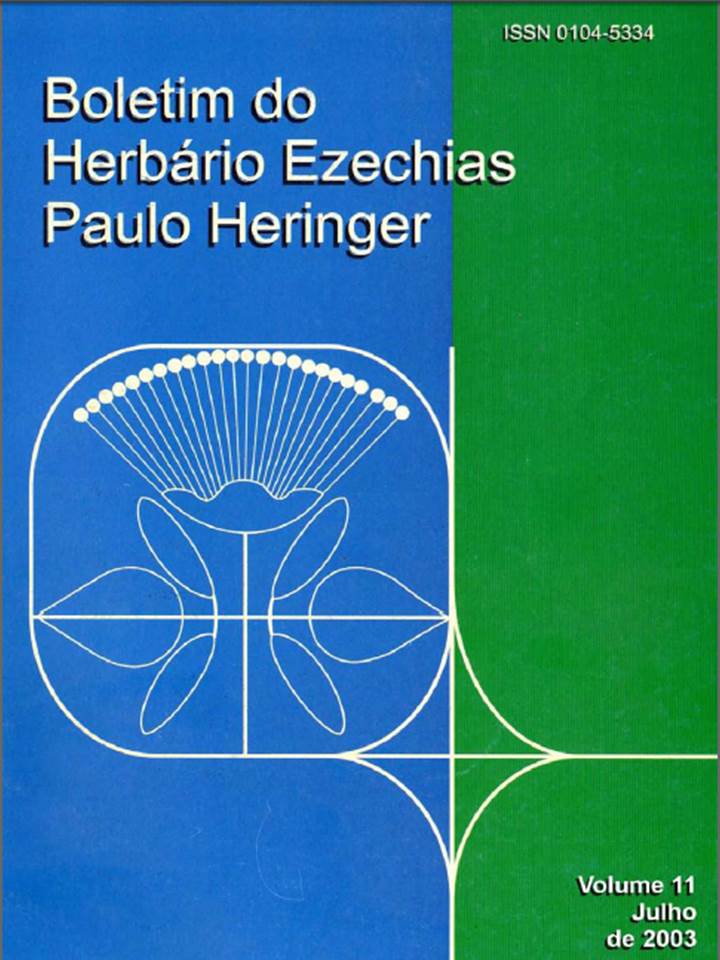AVALIAÇÃO DE TRATAMENTOS PARA O ENRAIZAMENTO DE ESTACAS DE Xylopia emarginata Mart. (ANNONACEAE) EM DUAS ÉPOCAS DO ANO
Resumo
O enraizamento de estacas de Xvlopia emarginata foi estudado em casa de vegetação, sob nebulização intermitente, durante 180 dias, com objetivo de avaliar efeitos de épocas de coleta e de tratamentos com Benomyl e diferentes concentrações e método de aplicação de ácido indolbutírico (AIB). Estacas apicais foram coletadas na época seca (agosto/2001) e chuvosa (janeiro/2002), cortadas com 20 cm de comprimento e mantidas com uma folha contendo quatro folíolos. Exceto na testemunha, a base das estacas foi tratada com AIB nas concentrações de 2, 4 c 8 g/L (via palito embebido 24 horas e por imersão rápida) e Benomyl 1g/L de água (via imersão rápida). O delineamento estatístico utilizado foi em blocos ao acaso com três repetições, sendo os oito tratamentos estudados nas duas épocas, utilizando dez estacas por tratamento. Foi avaliada a porcentagem de estacas enraizadas, com calos, vivas e mortas. A coleta de estacas, na seca, proporcionou maior porcentagem de enraizamento, porém, com menos de 25% de sucesso, enquanto a coleta no período chuvoso propiciou maior porcentagem de estacas vivas e com calos. Embora os tratamentos testados não tenham favorecido significativamente o enraizamento, o efeito do AIB precisa ser reavaliado com melhor controle dos fatores envolvidos no processo.
Palavras-chave: Xvlopia emarginata, estaquia, enraizamento, ácido indolbutírico.
EVALUATION OF TREATMENTS FOR ROOTING IN CUTTINGS OF Xylopia emarginata Mart. (ANNOMACEAE) IN TWO SEASON
Abstract - Rooting of Xvlopia emarginata cuttings was studied under greenhouse conditions, with intermittent mist for 180 days, in order to test the effects of harvesting period, treatments with different concentrations and application methods of Benomyl and indolbutyric acid (IBA). Apical cuttings 20 cm long with one leaf with four leaflets were harvested in the dry season (August/2001) and wet season (January/2002). With the exception of the control the bases of the cuttings were treated with IBA solutions of 2, 4 and 8 g/L (using toothpicks soaked for 24 hours or a quick dip) and Benomyl Ig/L water solution (using a quick dip). The experimental design used randomized blocks, with three replications, and the eight treatments were studied in both seasons, using ten cuttings per treatment. The percentage of rooting, callus, survival rate and mortality were evaluated. The collection of cuttings in the dry season showed a higher percentage of rooting, however with less than 25% of success in terms of live cuttings and cuttings with callus. Although the treatments tested did not significantly favor rooting the effect of IBA must be re-evaluated with greater precision and control.
Key words: Xvlopia emarginata, cuttings, rooting, indolbutyric acid.


